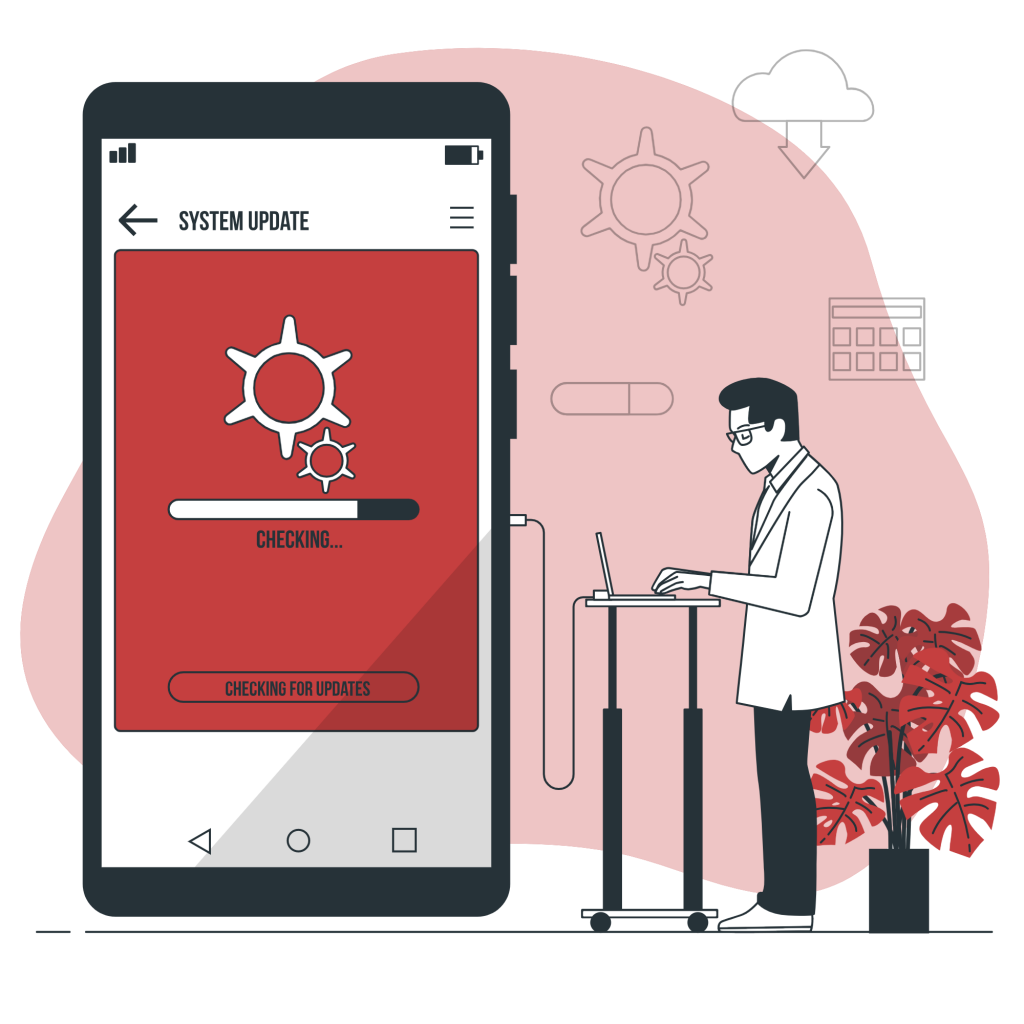Educational Institutions: Using SMS to Enhance Student Engagement
Educational institutions can significantly enhance student engagement through the strategic use of SMS. With its high open rates and direct nature, SMS is an effective tool for improving communication, promoting participation, and supporting student success.
Table of Contents
Here are ways educational institutions can leverage SMS to engage students more effectively:
1. Class Reminders and Updates
Keeping students informed about class schedules, assignments, and important deadlines is crucial for academic success.
Strategies:
Class Schedule Alerts: Send reminders about upcoming classes, changes in schedule, or cancellations.
Assignment Deadlines: Notify students of approaching deadlines and provide brief updates on upcoming exams or projects.
2. Event Notifications
Promoting school events, extracurricular activities, and important dates can increase student participation and engagement.
Strategies:
Event Reminders: Inform students about upcoming events, such as sports games, club meetings, and guest lectures.
Registration Alerts: Send reminders to register or sign up for events, ensuring maximum attendance.
3. Academic Support and Resources
Providing students with easy access to academic support and resources can enhance their learning experience and academic performance.
Strategies:
Tutoring Sessions: Notify students about available tutoring sessions, study groups, or workshops.
Resource Links: Share links to online resources, libraries, and educational tools.

4. Attendance and Participation Tracking
Improving attendance and participation rates is vital for student success and institutional performance.
Strategies:
Attendance Alerts: Send notifications to students and parents when a student misses a class or is frequently absent.
Participation Encouragement: Encourage participation in class discussions and activities through motivational messages.
5. Emergency Alerts and Safety Information
Ensuring student safety is a top priority, and timely communication during emergencies is essential.
Strategies:
Emergency Notifications: Quickly inform students about emergencies, such as severe weather, lockdowns, or campus closures.
Safety Tips: Provide safety tips and important contact information during emergencies.
6. Feedback and Surveys
Collecting feedback from students helps improve educational programs and overall student satisfaction.
Strategies:
Feedback Requests: Send SMS surveys to gather feedback on classes, teachers, and campus facilities.
Incentives for Participation: Encourage survey participation by offering small incentives, such as entry into a prize draw.
7. Enrollment and Administrative Reminders
Streamlining administrative processes and keeping students informed about important dates can improve institutional efficiency.
Strategies:
Enrollment Deadlines: Remind students about enrollment deadlines, course registration dates, and fee payment schedules.
Document Submissions: Notify students about required document submissions or updates on their administrative status.
8. Mental Health and Wellbeing Support
Supporting student mental health and wellbeing is crucial for fostering a positive and productive learning environment.
Strategies:
Wellbeing Resources: Share information about mental health resources, counseling services, and support groups.
Check-Ins: Send regular check-in messages to remind students of the importance of self-care and provide tips for maintaining mental health.
By incorporating these SMS strategies, educational institutions can significantly enhance student engagement, improve communication, and support academic success. The direct and immediate nature of SMS, particularly with the use of XENSMS, makes it an effective tool for reaching students and fostering a more connected and engaged campus community.



Write a Comment